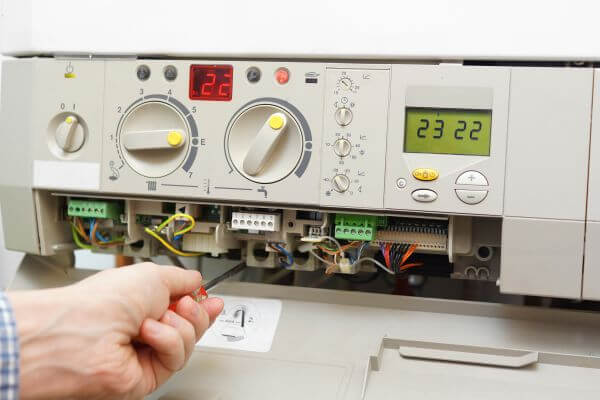Although HVAC systems have different implementations and optimization methods, the basic components are usually the same. This article focuses on how commercial HVAC systems work.
Commercial HVAC systems
When considering an HVAC system, the following factors must be considered due to their effect on performance:
- The heating source used – gas, electricity, oil, or coal.
- The type of coolant – gas air conditioner, chiller, electric heat pump, or air conditioner
- The delivery method of heated or cooled air – ductwork or water system
- The type of ventilation – typically a dedicated ventilation system.
Although many large HVAC systems combine different components, it is better to check the components before making a decision.
How does it function?
The cooling cycle in a regular HVAC system works as follows:
- The compressor compresses the refrigerant to intensify the temperature and pressure.
- The condenser blows hot air over the refrigerant vapor to liquify it.
- The expansion valve converts refrigerant to low-pressure liquid, thus initiating cooling.
- The evaporator transfers heat to change the cooled liquid to warm gas.
Regardless of how large the building is, the underlying concept stays the same, although the installation of cooling towers and “free cooling” can make the system more advanced. For an electrical system, the cooling and heating cycle are identical.
Types of commercial HVAC systems
Commercial structures often use different types of interconnected systems for heating or cooling separate floors or other areas. Some of the typical larger systems used in commercial buildings are divided into three broad categories:
Centralized: A centralized system is a standalone system that handles all the HVAC needs of the building. The system is usually located in a single area. They are consolidated units and generally use water for cooling and complex networks of ductwork for air delivery. The benefits of the centralized system are easy to control and has a higher potential for load management. The major drawback is that these systems are costly to install and require technical know-how to operate and manage.
Packaged: These types are usually used in buildings that lack enough space for all the individual components. Packaged heating and air conditioning systems are manufactured in a single unit. These units usually contain the following components:
- Control or thermostat interface for controlling the entire system.
- The air conditioner or heat pump is packed with the evaporator or fan coil in the same unit.
- Elective air quality booster. Examples include air purifiers, cleaners, UV lamps, and ventilators, which help to clean the air before distribution into the building.
Individual: also called decentralized systems, individual HVAC systems deliver heated or cooled air through single units located in different parts of the building. Examples of self-contained unit packages include rooftop HVAC systems, air-to-air heaters, and air conditioning units for rooms.
The benefits of decentralized units are they are easier to control and cost less initially. However, maintaining individual systems in large buildings could become a nightmare if there are many systems located in different parts of the building. It is necessary to consolidate systems that are prone to breakage or leakage and expensive to change and distribute components such as terminal devices and fans.
Final note
Understanding how commercial HVAC systems work will help you undertake the maintenance process as required and make guided decisions. Remember to hire only a licensed HVAC professional for installation and maintenance.
Request an appointment here: https://www.bevillstexas.com or call Bevills Plumbing, Heating & Air Conditioning at (325) 225-4115 for an appointment in our Abilene office.


